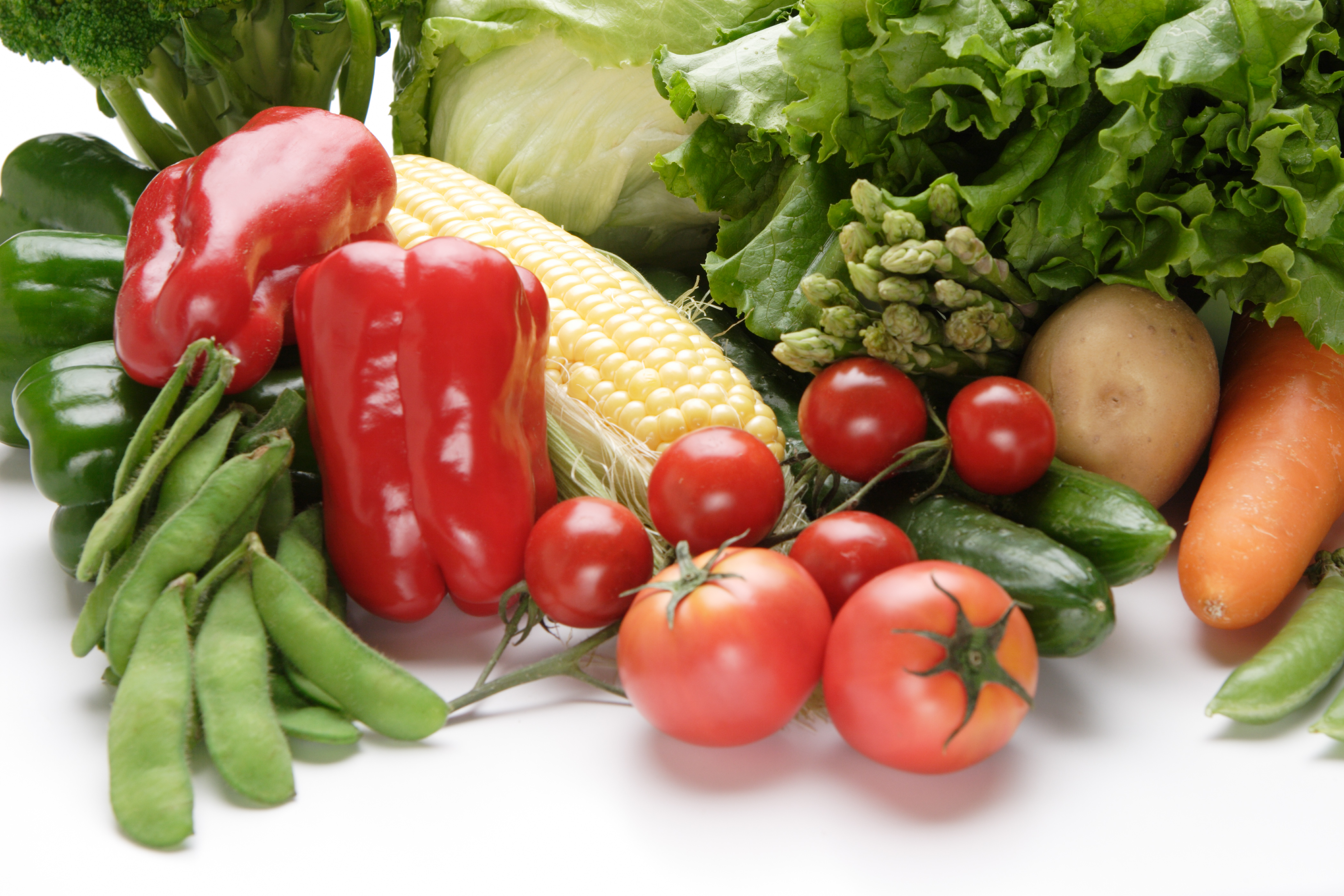Many of us understand that breads and pastas contain gluten, but there are tons of other foods that do as well. With all of the eating options out there that may not be gluten-free, how do you keep track of all of them? Try sorting them by letters of the alphabet! Here are five foods, that aren’t gluten-free, that start with the letter “S”.
1. Salad Dressings
Due to the fact that you “pour” many dressings out of a bottle, it’s sometimes hard to believe they can contain gluten. However, many of them do. If you want to be completely safe, go for salad dressings clearly labeled “gluten-free.” If the bottle doesn’t state this, you can also look for ingredients that often contain gluten, such as soy or soybean oil, soy sauce (we’ll discuss this later in the list), and distilled vinegar, which can be derived from wheat.
2. Sausages
It’s really easy to think sausage wouldn’t have gluten because it’s just meat, right? Well, the truth is, many of the fillers in sausage contain gluten and if you cook your sausage in beer, you run the risk of being exposed to it from the barley, wheat or rye used to make the beer. The other gluten culprit in many sausages is the seasoning (we’ll discuss more on this later), which may contain gluten, especially if it’s a seasoning mix or rub.
3. Sauces
The good thing about condiments is that some of the basic ones are gluten-free, such as yellow mustard. Soy sauce, however, isn’t so basic. There’s a good chance that the brand of soy sauce you buy is made with about 50% wheat. There are a couple of brands that are committed to making gluten-free soy sauce and once you know them, shopping for them will be easier. If you’re looking for variety in your sauces, just make sure they’re labeled gluten-free, to be safe.
4. Seasonings
Seasonings can be tricky because many of them don’t list every single ingredient on the label. Some companies can get away with just listing “seasoning” as an ingredient and you’re left taking a chance that the seasoning mixture will contain gluten. If you’re new to a gluten-free lifestyle, try getting basic, organic jars of seasoning and only eat seasoning mixtures if each individual ingredient is labeled on the package. Also avoid any that use a carrier agent, such as wheat flour.
5. Syrup
If you’re a fan of pancakes, like many of us are, you probably feel that no pancake is ready to eat unless it has some kind of syrup on it. If you’re trying to live a gluten-free lifestyle, 100% pure maple syrup is the best way to go since nothing is added to it. If you purchase cheaper, processed syrup, you’ll probably run into artificial sweeteners that contain gluten or glucose syrup, which is often derived from wheat starch. If you prefer a lighter alternative to syrup, there’s also the option of going with fresh fruit instead.










